Mittleider gardening is a science-based method of gardening that takes into careful consideration the necessary nutrients that are needed to grow nearly any type of plant or vegetable. Many people, especially those with large families, or those who simply enjoy the taste of fresh vegetables, are finding themselves growing their own vegetable gardens.
Dr. Mittleider's complete gardening library now includes the NEW FULL COLOR MITTLEIDER GARDENING COURSE BOOK! This is a treasury of knowledge you don't want to be without – a $300 value!!


While it does take considerably more time, the amount of money that is saved and the health benefits of homegrown fruits and vegetables are worth it to many. Gardeners are able to choose the vegetables, fruits, and plants that are tastiest for them as well as those that can be used in other foods. And some people simply enjoy the satisfaction of getting dirty and know they produced something useful, even if they end up selling it or sharing the fruits of their labor with others.
The Mittleider Method
The Mittleider gardening method is chosen by small gardeners over others because it has been proven to produce more food per square foot of soil than some other gardening methods. For people with lots of mouths to feed or who want to sell their fares at a farmer’s market, this method is a top pick. Some gardeners claim their yields increase almost 6-10 times that of traditional methods.
After some initial set-up, maintaining a Mittleider garden is pretty easy. You will first have to decide if you want to set your garden up in beds directly on the ground or in grow boxes. Grow boxes will need to be measured and built but offer advantages that beds do not. One of the most appealing features of this form of gardening is that it can be used anywhere, regardless of the soil quality you are working with.

After beds or boxes are established, the planting and growing begins. This is where the specifics of Mittleider comes in. Plants are planted in certain arrangements for spacing and maximizing growth. They are then watered consistently and fertilized based on custom fertilizer blend established and perfected by founder, Dr Jacob Mittleider. This fertilizer is designed to provide all of the nutrients plants need to grow regardless of climate or soil quality.
So what should you grow in your Mittleider garden? You can grow anything really, fruits, vegetables, herbs. Some choose to use it simply for flowering plants, however the fertilizer is designed to maximize growth of fruit-bearing vegetation. Below is a list of six of the most popular foods that are grown using this method.
Beans
Perhaps one of the most common garden vegetables, the green bean is an easy-to-grow plant whose produce is super versatile. Beans can be eaten cold, picked fresh off the vine. They can be steamed, boiled, or roasted for a delicious side. Families who grow their own may also enjoy preserving green beans in sealed glass jars for use the whole year around.
There are many types of garden beans available for planting. Varieties include bush beans that grow in a low wide bush and pole beans that require a trellis or other upright structure to climb. Beans come in both green and purple varieties as well as a few white, yellow or even pink assortments. Some of the most common types are Kentucky Wonder, Bountiful and Royal Burgandy.
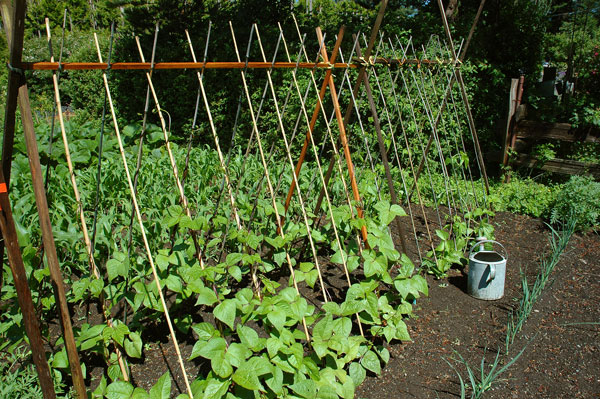
When planted using the Mittleider method, beans will produce a bountiful harvest. They are hardy plants and when seeded accordingly, such as alternating them in rows to receive maximum sun, plants yield more bean pods per plant. Using this method also allows for ease of harvesting as gardeners can easily reach between plants and do not have to bend down if using grow boxes or a trellis.
- Popular Types: Kentucy Wonder, Royal Burgandy, Blue Bush, Blue Lake, Jade, Rattlesnake, etc
- Growing Zones: Zone 2-10
- When to plant: Spring
- Amount of sun: Full sun
Tomatoes
Tomatoes can definitely add some bright colors to any vegetable garden. With so many varieties to choose from you can grow tomatoes or any size, nearly any color, and with many differing flavors. From cherry tomatoes to grape tomatoes, beefsteak, slicing tomatoes, and heirlooms, tomatoes are grown for eating as a snack, adding to a salad or sandwich, or even frying. Tomatoes are also a popular vegetable to can or use in homemade sauces such as salsa, spaghetti sauce, and pizza sauce.
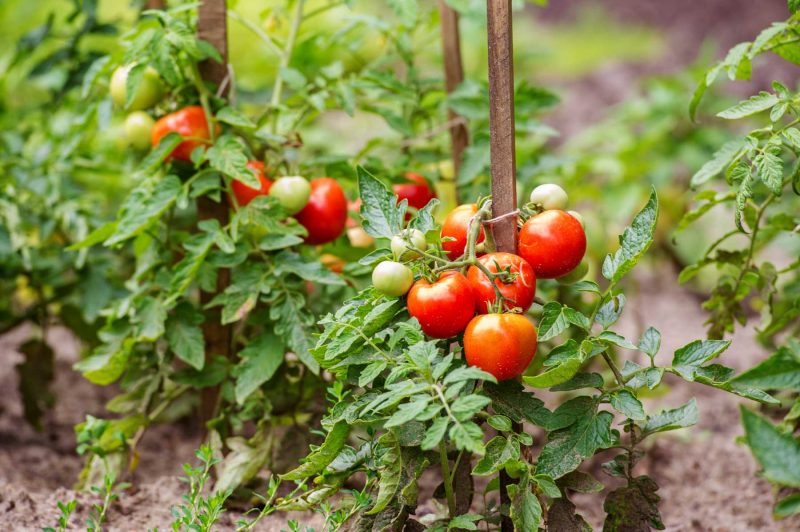
It is recommended to start growing sensitive tomato seedlings indoors before moving them to a permanent outdoor space. Another perfect Mittleider plant, tomatoes require a good amount of drainage and are easy to pick when placed in grow boxes. Some variations will require a trellis or wall to climb thus adding to the ease of picking them, especially smaller cherry types. With the right conditions, tomato plants can grow rapidly. They require some pruning in order to let light reach leaves properly and for picking ripened fruits.
- Popular Types: Beefsteak, Sweet 100, Early Girl, Tigerella, Sun Gold, Better Bear, Yellow Pear, Brandywine, etc
- Growing Zones: All zones
- When to plant: Late spring, temperatures over 60 degrees
- Amount of sun: Full sun
Cucumbers
A cool and refreshing vegetable, the cucumber is popular amongst home gardeners because it makes a great snack, can be added to salad and other dishes, and is often fermented and made into pickles that can be enjoyed the whole year. While green is the most popular, cucumbers can be found in a varity of colors including yellow or pale green.
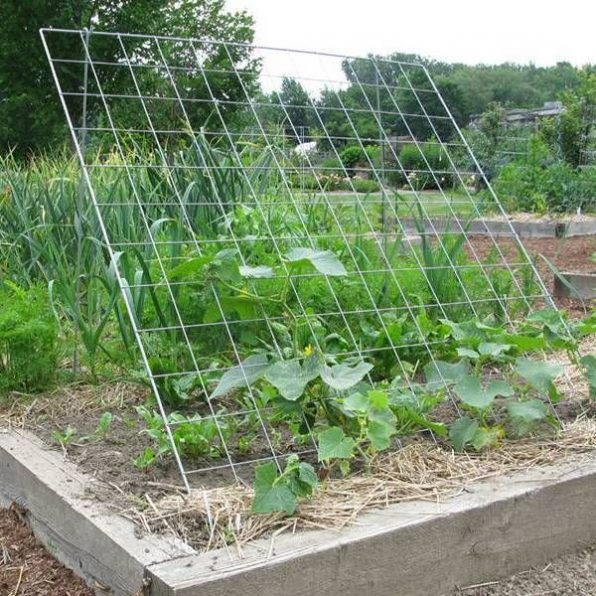
Cucumbers come in both bush and vining types. They thrive in warm weather and bountiful sunshine and do well when planted in grow boxes or containers. When used in a Mittleider garden it is best to use the vining types of cucumbers and then direct them to grow up a trellis or fence, as this will leave ample room for more plants and simplify picking. Seeds are generally planted in a small hill and are easy to grow. Many gardeners will extend their cucumber harvest by planting another set of seeds a month after the first planting.
- Popular Types: Lemon, Armenian, Korean, Marketmore 76, Salad Bush, Persian
- Growing Zones: All zones
- When to plant: Late spring after last frost
- Amount of sun: Half sun, half shade
Dr. Mittleider's complete gardening library now includes the NEW FULL COLOR MITTLEIDER GARDENING COURSE BOOK! This is a treasury of knowledge you don't want to be without – a $300 value!!

Corn
Who can resist some good homegrown sweet corn on a summer evening? Not many of us, that’s for sure. Which is why it has become a staple of many backyard gardens. While corn is more commonly grown in a field on a larger scale, it can easily be grown in a home garden. As long as there is plenty of space for its height, sometimes between 5-10 feet.
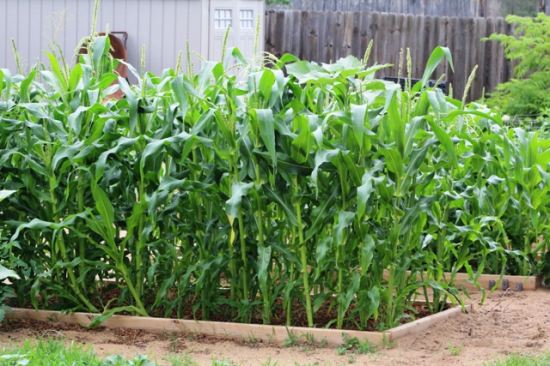
Corn is another one of those versatile vegetables that can be eaten fresh right off the stalk, making it very popular for food stands and farmer’s markets. It can also be cut off the cob, cooked, and frozen for future use throughout the year. With a plethora of varieties each in varying color, size and sweetness, there is sure to be a kind of sweet corn that is your family’s favorite.
It is recommended that in some areas corn sprouts are started in a pot, to avoid small critters stealing the seeds. However, when using the Mittleider method grow boxes off the ground make a perfect location. The boxes also allow corn to be planted in a solid block rather than a row to help with pollination.
- Popular Types: Kandy Korn, Silver Queen, Sweet Symphony, Peaches and Cream, Jubilee, Honey Select, Golden Bantam
- Growing Zones: Zone 3-11
- When to plant: Spring, two weeks after frost
- Amount of sun: Full sun
Peppers
Another vegetable with so many varieties it is impossible to mention them all, garden peppers have tons of flavors and uses. They can be eaten fresh as a snack, chopped up and added to salad and other dishes. Used in conjunction with other garden vegetables such as onions and tomatoes, peppers can be a great addition to salsa and other sauces.
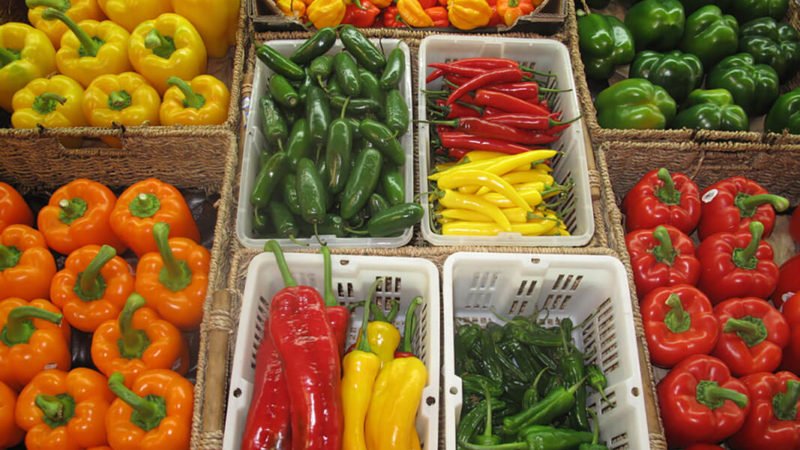
Pepper plants take up little space, making them a perfect addition to a Mittleider garden. And since they require full sun you can stagger them in your grow box and still have plenty of space to grow several. They do love heat so cooler locations may want to consider covering young plant with some type of cover or small greenhouse.
From sweet peppers to spicy peppers, you will be able to plant a variety to suit everyone’s pallet. Bell peppers are by far the most popular assortment to grow in the backyard with colors ranging from green to red, purple and orange. Of course, for the fans of a hot pepper, popular varieties include jalapeño and habanero.
- Popular Types: Bell, Cayenne, Jalapeño, Chili, Habanero, Anaheim
- Growing Zones: Zone 4-11
- When to plant: Start indoors in early Spring
- Amount of sun: Full sun
Lettuce
Unlike some of the other vegetables mentioned, lettuce can not necessarily be grown and preserved to feed a family all year around. However, during its growing season it can provide an abundance of flavor to salads and other dishes. With so many varieties to choose from it also makes a great option for those who sell their crops at a farmer’s market. And if you’re lucky enough to live in a warm climate where plants can tolerate the temperature, you can grow lettuce all year round.
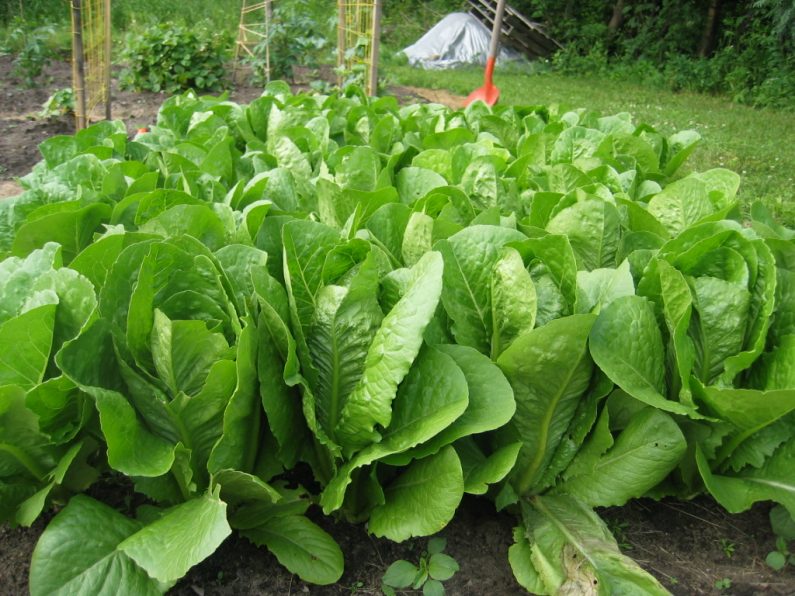
Requiring loose soil and proper drainage, lettuce is a perfect candidate for the Mittleider method. It thrives on being fed and fertilized as well. Plants can be started indoors and then separated as they are replanted into garden beds for an even larger harvest. Looking for variety in your salads? Plant a different type of lettuce in each grow box or even wait every couple of weeks between plantings so different types will be ready at different times.
- Popular Types: Arugula, Butterhead, Romaine, Loose leaf, Mache, Oak leaf, etc
- Growing Zones: All zones
- When to plant: Spring and fall
- Amount of sun: Partial shade
This is just a short list of the vegetables that are common plants for this gardening method. There is, of course, many more that were not mentioned along with a plethora of fruits and herbs as well. If you’re interested in starting your own Mittleider garden check out our extensive article, “The Mittleider Gardening Method: Answers to All of Your Questions.”
Don't miss the exclusive Mittleider Gardening Library Course Book

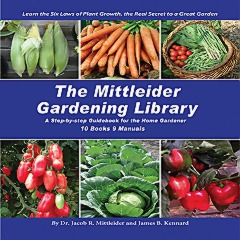
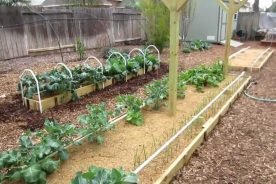
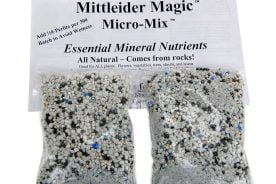


No Comments